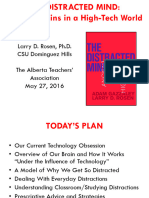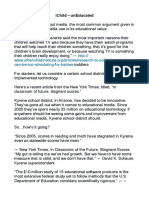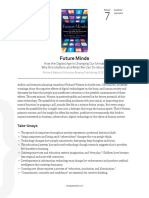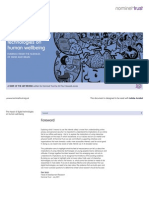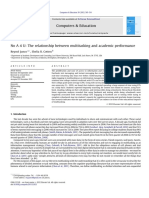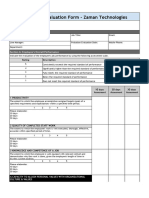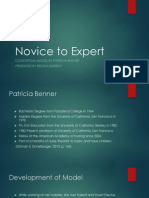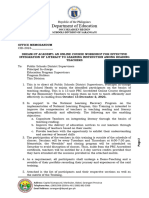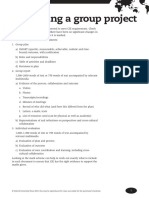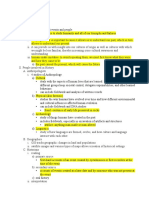0% found this document useful (0 votes)
24 views79 pagesCognitive Processing in The Digital World
The document discusses the impact of digital technology on cognitive processing, highlighting both positive and negative effects. It covers topics such as the influence of digital devices on memory and learning, the benefits of gaming on skills like hand-eye coordination, and the detrimental effects of digital multitasking on attention and academic performance. Recommendations for optimizing digital learning and future research directions are also provided.
Uploaded by
clementinechen419Copyright
© © All Rights Reserved
We take content rights seriously. If you suspect this is your content, claim it here.
Available Formats
Download as PDF, TXT or read online on Scribd
0% found this document useful (0 votes)
24 views79 pagesCognitive Processing in The Digital World
The document discusses the impact of digital technology on cognitive processing, highlighting both positive and negative effects. It covers topics such as the influence of digital devices on memory and learning, the benefits of gaming on skills like hand-eye coordination, and the detrimental effects of digital multitasking on attention and academic performance. Recommendations for optimizing digital learning and future research directions are also provided.
Uploaded by
clementinechen419Copyright
© © All Rights Reserved
We take content rights seriously. If you suspect this is your content, claim it here.
Available Formats
Download as PDF, TXT or read online on Scribd
/ 79


